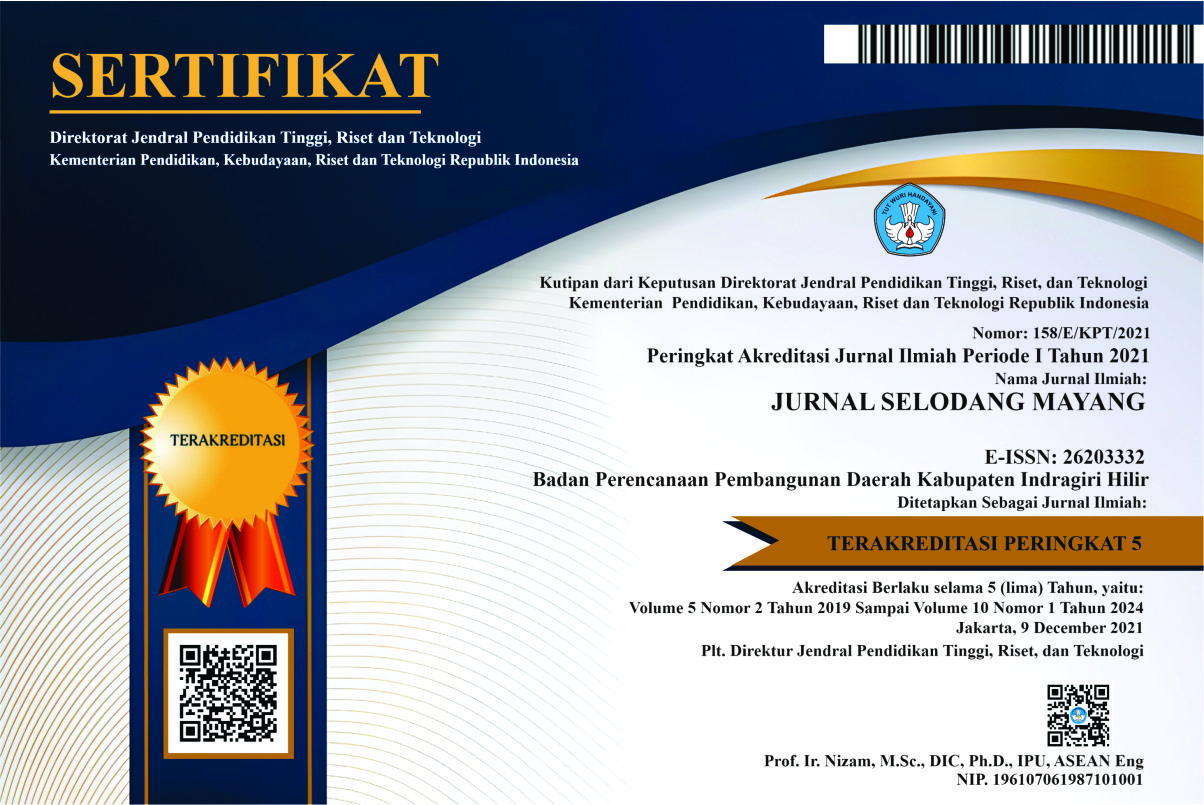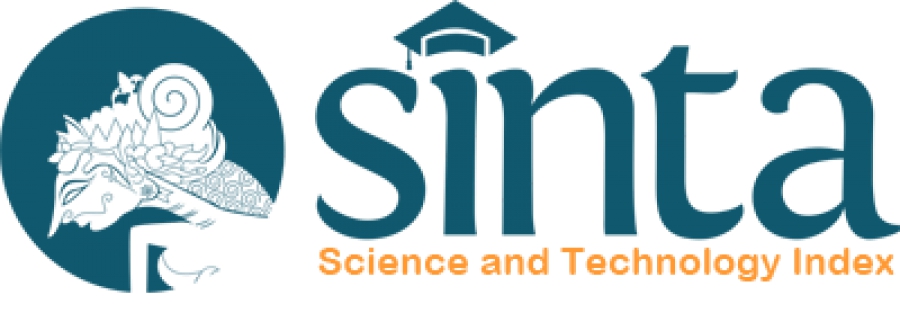PENERAPAN METODE KONSEP NILAI HASIL (EARNED VALUE CONCEPT) PADA PROYEK PENINGKATAN JALAN ASPAL DI LOKASI F4 (SUNGAI SIRIH)
Abstract
The cost control is a very important aspect in project management. Poor cost control often results in project construction costs that differ from planned costs.
The applying of the Earned Value Concept method for analytical calculations requires the following data: Implementation time along with the S curve; Volume data of each work item; Percentage of work weighted; Standard daily reports, weekly reports, and monthly project reports; Actual project financial data and SPI. The stage of data analysis for each job are: determining of BCWS (Budgete Cost Of Work Schedule); BCWP (Budgeted Cost of Work Performed; ACWP (Actual Cost of Work performed) Analysis of variance and performance index from the Earned Value Concept method. It consists of: Cost Variance (CV) and Schedule Variance (SV), Cost Performance Index (CPI) and Schedule Performance Index (SPI).
The results of the analysis of the applied of the Earned Value Concept method of PT. Riau Maju Cemerlang obtained a gross cost gain of around Rp. 173,591,516.52 or 5.00% of the total construction price without VAT value. The initial planning time for project work began on 26 July and the initial planning time ended on 17 December (145 HK) turned out to be 27 December (155 HK). The applied of the Result Value Concept method to the project can find out the remaining value of the project costs for the remaining work and how much the total cost has been used for the project.










